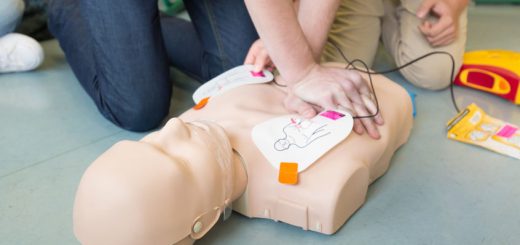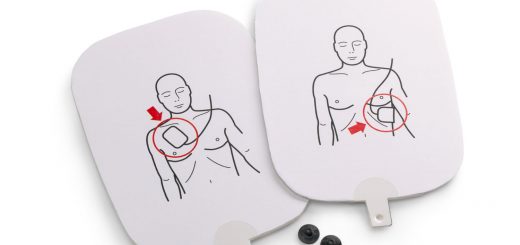What Happens During a Faint?
Many of us will have fainted, or seen someone faint before. But what exactly goes on during a fainting episode? We’ll take a closer look at fainting, and the correct first aid treatment in this first aid blog post.
What is Fainting?
Fainting is a brief loss of consciousness, followed by a complete recovery. The person may have warning signs before the fainting episode. These warning signs include blurry or tunnel vision, sweating, and nausea.
What Causes Fainting?
Fainting occurs due to a lack of oxygenated blood reaching the brain. Fainting typically occurs when the person is standing. The heart is having to pump blood against gravity in order to reach the brain.
The brain senses this lack of oxygenated blood. The first effect this causes is the typical ‘warning signs’ of fainting such as tunnel vision.
If the blood supply to the brain does not improve, the person loses consciousness. This normally causes them to collapse the floor. When on the floor, the heart is no longer working against gravity in order to pump blood to the brain. Therefore, the blood supply rapidly improves to the brain leading to the person regaining consciousness.
This cause of fainting is known as vasovagal syncope
First Aid Treatment for Fainting
- Lay the person down and slightly elevate the legs if possible.
- Monitor for signs of a quick recovery
- Check for any injuries sustained
Call for emergency medical help if the person does not regain consciousness quickly, has sustained serious injuries during the fall or if you are concerned.
Serious Causes of Fainting
Sometimes fainting episodes can be a warning sign of serious underlying heart conditions. Repeated fainting episodes, especially on exertion, should lead to urgent medical investigations. Always seek medical advice if concerned about a fainting episode or the cause of the faint.





